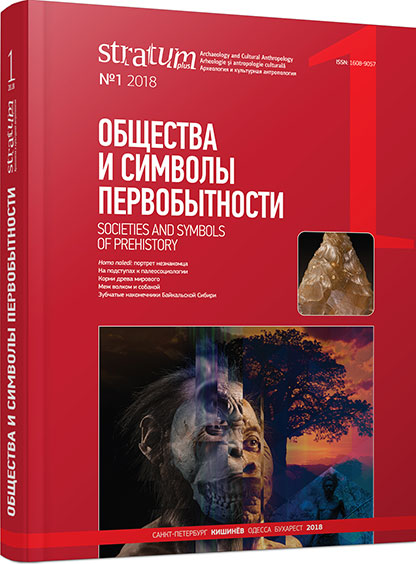Лосиноголовые жезлы (топоры) Северной Европы
Elk-head Rods (Axes) of Northern Europe
Author(s): Eugen M. KolpakovSubject(s): History, Archaeology, Cultural history
Published by: Издательский дом Stratum, Университет «Высшая антропологическая школа»
Keywords: Fennoscandia; Mesolithic; Neolithic; Early Metal Age; petroglyphs; elk-head rods
Summary/Abstract: Elk-head rods in the rock art of Northern Fennoscandia are known from 6 sites only. They are not associated with hunting scenes. There are also no grounds to connect them with male characters. No “utilitarian” actions are depicted with them. The majority of rods are associated with images of elk and deer, either in the hands of anthropomorphs or by themselves. Some of the rods are connected with boats and their crews. A small part of those in the hands of anthropomorphs is shown in scenes of confrontation between anthropomorphs. The available data lead to the conclusion that elk-head rods were magical objects, as was supposed at the very beginning of their study a hundred years ago. It seems likely that the magical properties of the rods were gradually transferred to real axes: in petroglyphs of the Bronze Age, the axes no longer have any zoomorphic features.
Journal: Stratum plus. Археология и культурная антропология
- Issue Year: 2018
- Issue No: 1
- Page Range: 163-180
- Page Count: 18
- Language: Russian
- Content File-PDF

